We recently compared three single-action revolvers from Colt and Traditions chambered in 45 ACP or 45 Colt, also called 45 Long Colt. The two Colts are genuine factory-branded wheelguns, and the third is a modern Italian-made clone from Pietta, branded by Traditions Firearms. The Colts are not exactly the guns that won the West, and we are glad they are not. Well made of modern steel, they are good performers, but so is the Traditions revolver for a lot less money. The Traditions 1873 Frontier is a credible clone of the Colt 1873, with an improved action that allows carrying the handgun fully loaded with six cartridges.
We based the test on the suitability of the revolvers for all-round use. This might mean Cowboy Action shooting, as a hunter’s backup handgun, for protection against wild beasts, and even home defense. We believe that most of these revolvers are used for recreation because they are fun shooters. But even a fun gun with no serious niche in the scheme of things should not be aggravating to use and fire and should fire to the point of aim, be smooth in operation, and provide the user their money’s worth. In this case, we found two handguns that met those criteria, and one that did not, in our estimation.
We wanted to learn what type of accuracy and performance you could expect from these revolvers. Protection against wild beasts, including feral dogs and the big cats, was part of the assessment. Would you be helpless with a modern single-action revolver in such a situation? Far from it. We also wanted to determine just how wide a spread there is in performance between low-cost and high-cost versions. As it turned out, there’s very little separation, and the difference may not be discernible except by the most experienced shooters. Here’s how they shook out:
Gun Tests Grade: A (BEST BUY)
$614
The Traditions revolver as tested features a 4.75-inch barrel, has a blued finish save for a case-hardened frame, and wood grips. The grips appear to be oiled walnut. The grips fit the frame well, with just a slight overrun on the base of the grip frame. Most would not notice.
| Action Type | Revolver, single action, hammer fired |
| Overall length | 10.25 in. |
| Overall Height | 5.5 in. |
| Cylinder | 6 rounds, fluted |
| Weight Unloaded | 36.0 oz. |
| Weight Loaded | 39.0 oz. |
| Barrel Length | 4.75 in. |
| Maximum Width | 1.6 in. |
| Frame | Steel |
| Front Strap Height | 2.1 in. |
| Back Strap Height | 3.4 in. |
| Grips | Oiled walnut |
| Grip Thickness (Maximum) | 1.72 in. |
| Grip Circumference (Maximum) | 6.0 in. |
| Front Sight | Fixed blade |
| Rear Sight | Square-notch cylinder groove |
| Sight Radius | 5.75 in. |
| Trigger Pull Weight | 3.5 lbs. |
| Safety | Transfer bar |
| Warranty | 1 year |
| Telephone | (800) 388-4656 |
| Website | TraditionsFirearms.com |
| Made In | Italy |
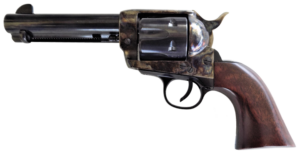
At this point, we should mention the difference in case-hardened and case-colored. The original case-hardened Colt was manufactured from a metal more like iron than steel. Case hardening was used to make the frame stronger, and it really just treated the surface. Today, hardened steel is much stronger than the best case-hardened metal done back in the day. Heat treating in modern steel is excellent. What is called case hardening is accomplished with a hot salt bath and water quenching. Custom shops may use the bone char process to produce a beautiful color. The modern treatment is pleasing to the eye but is not true case hardening, as in the case of an original Colt 1873.
The Traditions fixed sights are slightly wider at the rear than the Colt’s. The rear sight trough is open rather than narrow and opens to a wider groove. We are not certain this made a difference in shooting, but for some eyes, it may.
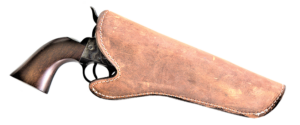
The cylinder of the Traditions 1873 Frontier is nicely radiused, a touch the Colt revolvers did not have. The grip of the Traditions 1873 revolver is wider than the Colt. For many years, the Colt SAA grip, while lauded for fitting most hands, including small hands, has pinched the little finger off the grip with some hand sizes. Not so with the Traditions revolver. The grip may make for more comfortable shooting with heavy loads. We could not detect the difference between recoil in the Colt SAA 45 Colt and the Traditions, although the Colt, on the same frame size, weighed 2 more ounces. A little extra weight in the Colt revolvers, a little larger grip in the Traditions revolver, perhaps it balanced out. The big difference in the revolvers is the trigger action. Traditional shooters liked the relatively short press of the Colt revolvers. The 3.5-pound trigger compression of the Traditions revolver is light and smooth, but slightly longer. This is because of the transfer-bar trigger action. For many years, Colt Single Action enthusiasts loaded five rounds with an empty cylinder under the hammer. The first Ruger revolvers and many Colt clones were much the same. Ruger answered an expensive lawsuit with a new transfer-bar action. It wasn’t anything new; Iver Johnson introduced the hammer safety revolver about 1895. We like to stress that perhaps in the Old West everyone knew what they doing — but there were accidents then as well — and all handguns were handled the same. Today, some are safe for carrying six rounds loaded and some are not, which makes for a more dangerous situation today, in our opinion. The person coughing up two grand for the Colt may or may not be aware of the shortcoming in this and some other clone guns.
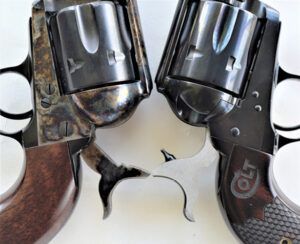
The Traditions transfer-bar system is similar to the action used in Charter Arms, Ruger, and Dan Wesson double-action revolvers. The transfer bar blocks the hammer from touching the frame mounted firing pin when the revolver hammer is at rest. This effectively eliminates the danger of the revolver firing when dropped on the hammer, or of a branch or other object snagging the hammer of the holstered handgun, raising the hammer enough to release the hammer and fire the revolver, and other potential accidents. This isn’t a theoretical concern; such accidents have occurred. When the Traditions revolver is fully cocked and the trigger released, the transfer bar rises to the height of the firing pin. The hammer smacks the transfer bar, and the energy of the hammer is transferred to the firing pin. The revolver fires. The hammer need not be manually reset, as the trigger is released and the firing pin pops back into place. This action demands a slightly longer trigger arc. Still, we found no drawback in the transfer-bar action and many advantages. One of the raters writes for American Gunsmith, a sister magazine to Gun Tests. While we like the transfer-bar action for general use, we asked if the action could be slicked up to a high standard to compete with standard single-action revolvers. He replied in the affirmative, the procedure is not that complicated.
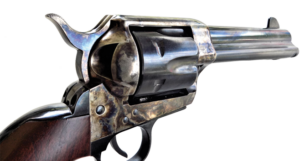
The only problem of any type with the Traditions revolver was a sticking ejector rod, common with Italian single-action revolvers. During the first few cylinders of ammunition, as we ejected the spent cases the ejector rod sometimes failed to return. After perhaps 40 cartridges, this disappeared, so we did not rate the revolver down, marking it off as a break-in issue.
We fired the revolver with the same three loads as the Colt SAA. When drawing and firing quickly on human silhouette targets, we did not cock the revolver on the draw, but rather as the piece was brought on target. Results were good to excellent, equal to the Colt 45 LC revolver and not far behind the Wiley Clapp 45 ACP. The Wiley Clapp pistol simply handles well and features a crisp trigger action.
When fired for accuracy, the Traditions revolver did not disappoint. Accuracy was superior to the Colt Single Action Army 45 Colt. Some groups were in the 2.0-inch range. Compared to the Wiley Clapp pistol, the Traditions revolver was less accurate, but not by a wide margin.
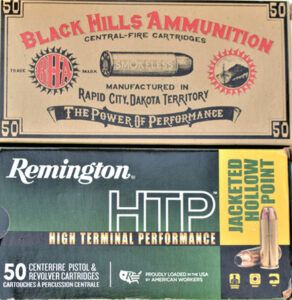
Our Team Said: We enjoyed firing these three cowboy guns. The Colts are nicely finished and provide pride of ownership, no question there. The 45 LC-caliber SAA, however, should have had properly regulated sights. Also, its trigger was heavy and rough and did not improve with use.
The Wiley Clapp revolver is an excellent choice. It fires the readily available 45 ACP cartridge. Accuracy was the best of the test, and the raters felt it handled like a slicked-up Cowboy Action revolver. The problem is, it is no longer in production and it is expensive. You get a lot with the WC Colt, but we question if it is worth three Traditions revolvers.
If you are a person shooting Cowboy Action events, you will likely need two guns for the action and the best will occasionally need shop work. So having three identical guns is an option if you choose the Traditions revolver. We think it is a Best Buy.
Range Data
| Colt Wiley Clapp Single Action Army 45 ACP | Black Hills 200-grain LSWC | Handload 260-grain SWC | Buffalo Bore 255-grain SWC |
| Average Velocity | 875 fps | 848 fps | 1025 fps |
| Muzzle Energy | 340 ft.-lbs. | 415 ft.-lbs. | 595 ft.-lbs. |
| Small group | 1.8 in. | 2.5 in. | 2.0 in. |
| Average Group | 2.4 in. | 2.9 in. | 2.5 in. |
| Colt Single Action Army P1840 45 Colt | Remington 230-grain JHP | Black Hills 250-grain LRN | Buffalo Bore 255-grain SWC |
| Average Velocity | 922 fps | 749 fps | 939 fps |
| Muzzle Energy | 434 ft.-lbs. | 311 ft.-lbs. | 499 ft.-lbs. |
| Small Group | 2.4 in. | 2.5 in. | 2.9 in. |
| Average Group | 3.0 in. | 3.2 in. | 3.5 in. |
| Traditions 1873 Frontier SAT73-002 45 Colt | Remington 230-grain JHP | Black Hills 250-grain LRN | Buffalo Bore 255-grain SWC |
| Average Velocity | 940 fps | 735 fps | 952 fps |
| Muzzle Energy | 451 ft.-lbs. | 300 ft.-lbs. | 513 ft.-lbs. |
| Small Group | 1.9 in. | 2.0 in. | 2.3 in. |
| Average Group | 2.3 in. | 2.3 in. | 2.9 in. |


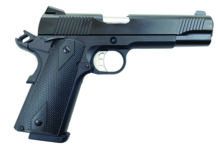
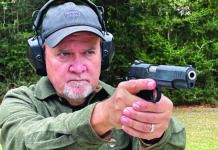
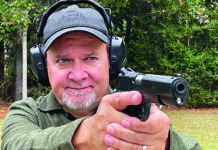
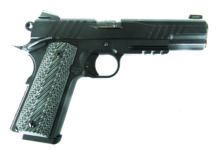

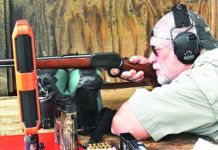
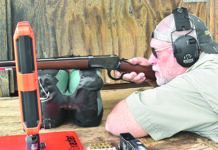
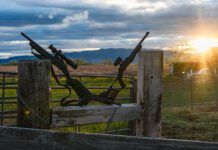
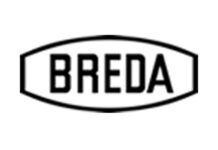
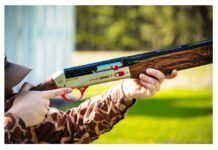
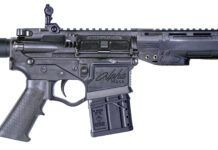
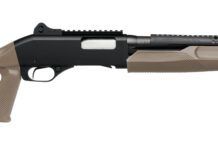


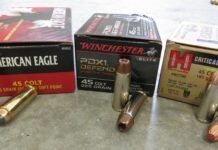


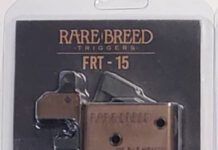
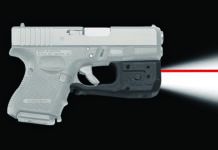
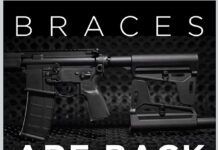
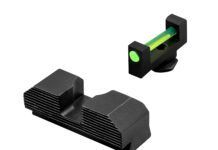





Do you have a point of view on whether Uberti or Pietta makes the better old west revolver? I’m interested in the 1851, 1860, and 1861 percussion revolvers.